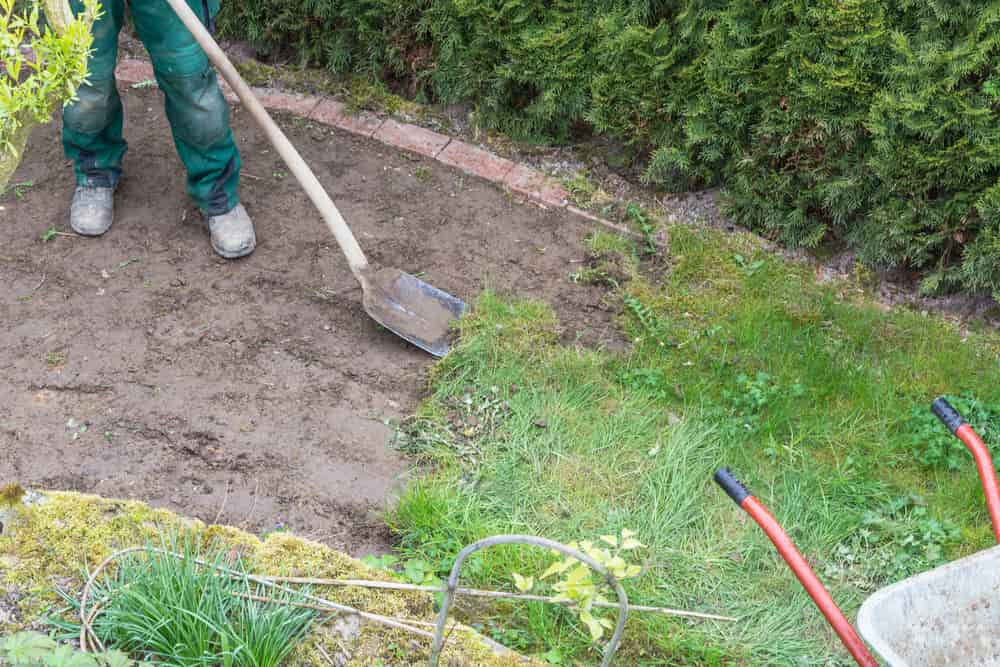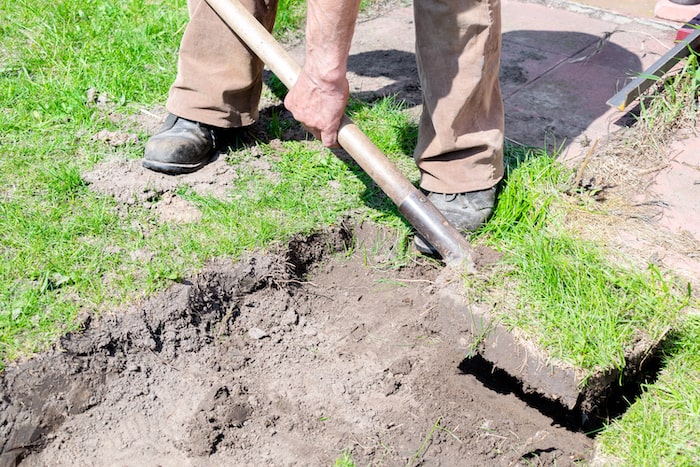Are you tired of looking at your patchy, worn-out lawn, wishing for that lush, green paradise you’ve always wanted? Transforming your yard into a vibrant oasis might seem daunting, but with the right steps, it’s easier than you think.
In this guide, you’ll discover how to remove old grass and lay new turf, turning your outdoor space into a stunning showcase. Imagine the feeling of soft, fresh grass underfoot, a perfect backdrop for family gatherings or quiet relaxation. Don’t let your lawn hold you back any longer.
Dive into this article to unlock the secrets to a flawless, green carpet that will make your neighbors green with envy. Your dream lawn is just a few steps away!

Credit: pbswisconsin.org
Quick Navigation
Preparing Your Yard
Preparing your yard is the first step to a beautiful lawn. This process ensures your new turf thrives and looks lush. A well-prepared yard sets the foundation for success. Let’s dive into how to get your yard ready for new turf.
Assessing The Area
Start by examining your yard’s current condition. Identify areas with poor soil or uneven surfaces. Check for weeds and rocks that may hinder growth. Take note of shaded areas where grass may struggle. Understanding your yard’s needs helps plan effectively.
Gathering Necessary Tools
Equip yourself with the right tools for the job. You will need a spade or shovel for removing old grass. A rake helps level the soil and remove debris. Consider a garden hose to keep the soil moist. Don’t forget gloves for hand protection during the process.
Removing Old Grass
Removing old grass is the first step in laying new turf. A fresh start ensures healthy growth and a beautiful lawn. This process requires careful planning and execution. Proper removal prevents future issues like uneven growth or weed infestation. Let’s delve into the essential steps for removing old grass effectively.
Cutting And Clearing
Start by cutting the old grass as short as possible. Use a lawn mower set to its lowest height. This makes it easier to handle and remove. Next, clear the area of any visible debris. Rocks, sticks, and other obstacles can hinder the removal process. A clean surface ensures smooth turf laying later. Employ a spade or shovel for small areas. For larger spaces, consider using a sod cutter. This tool helps lift and remove the grass efficiently.
Disposing Of Debris
After cutting and clearing, dispose of the removed grass and debris. You can add it to a compost pile if it’s free of weeds. This recycles the nutrients back into your garden. Alternatively, check with local waste services for disposal options. Some areas offer special pickups for yard waste. Proper disposal prevents the spread of weeds and pests. It also keeps your garden area tidy and ready for new turf.
Soil Preparation
Preparing the soil is crucial for laying new turf. A healthy foundation ensures your lawn thrives. It helps grass roots to establish quickly. Proper soil preparation leads to a lush, green lawn. Let’s explore how to get your soil ready for new turf.
Testing Soil Quality
Start with testing the soil quality. This step is vital. It reveals the soil’s pH and nutrient levels. Use a soil test kit available at garden stores. Follow the instructions on the kit. Pay attention to pH levels. Ideal pH for grass is between 6.0 and 7.0. Knowing nutrient levels helps you amend the soil effectively.
Amending Soil
Next, amend the soil based on test results. Add lime to increase pH if needed. Use sulfur to lower pH if it’s too high. Enrich poor soil with organic matter. Compost or well-rotted manure works well. Spread a layer over the soil. Mix it into the top 6 inches. This improves soil structure and fertility. Ensuring proper drainage is also key. Poor drainage can harm new turf.

Credit: moowy.co.uk
Laying New Turf
Laying new turf transforms your garden into a lush green space. It requires careful planning and execution. Let’s explore the steps to achieve a beautiful lawn.
Choosing The Right Turf
Selecting the correct turf is crucial for a healthy lawn. Consider the climate and soil type. Assess how much sunlight your garden receives. Choose turf that matches your garden conditions. Some turfs thrive in shade, others need full sun. Check for disease-resistant varieties. This ensures long-term health.
Installing Turf Rolls
Prepare the ground before laying turf rolls. Level the soil and remove debris. Water the soil lightly. This helps the turf settle quickly. Roll out the turf carefully. Ensure edges align without gaps. Press down the turf gently. Use a roller for firm contact with the soil. Water the newly laid turf generously. This promotes root growth.
Maintenance Tips
After laying new turf, proper maintenance is essential. It ensures the grass thrives and remains lush. Regular care helps prevent issues. Following a few simple tips makes the task easier. Below are key maintenance strategies.
Watering Schedule
Watering is crucial for new turf. The first few weeks are vital. Water the lawn daily. Morning is the best time. This prevents evaporation. Ensure water reaches the roots. Deep watering is better than frequent shallow watering. Adjust the schedule based on weather. In hot weather, water more often. In cooler conditions, reduce frequency. Always check soil moisture before watering. Overwatering can harm the grass.
Mowing Techniques
Proper mowing keeps grass healthy. Start mowing once the turf is established. This usually takes a few weeks. Keep the mower blades sharp. Dull blades tear the grass. Set the mower height high. Avoid cutting more than a third of the grass height. This keeps the lawn strong and green. Regular mowing encourages thick growth. Always vary mowing patterns. It prevents soil compaction. Remove clippings to avoid thatch buildup.
Troubleshooting Common Issues
When laying new turf, unexpected problems can arise. Troubleshooting common issues ensures your lawn stays healthy. Identifying turf problems early saves time and effort.
Identifying Turf Problems
Brown patches can signal disease or pests. Check for irregular watering or poor soil drainage. Look for thin or sparse grass growth. This may indicate nutrient deficiency. Examine roots if the turf appears loose. Weak roots often result from soil compaction.
Solutions For Common Problems
Address brown patches by adjusting your watering schedule. Ensure consistent moisture without overwatering. Improve soil drainage by aerating the lawn. This helps water move freely. Use fertilizers to correct nutrient deficiencies. Choose a balanced mix for optimal growth. Loosen compacted soil using a garden fork. This promotes healthy root development. Regularly check for pests like grubs or insects. Treat infestations promptly with suitable products.

Credit: www.youtube.com
Conclusion
Refreshing your lawn boosts its beauty and health. Start by clearing old grass. Prepare the soil carefully. Choose quality turf for the best results. Lay it evenly for a smooth finish. Water the new turf to help it settle. Regular care keeps your lawn looking fresh.
Fertilize and mow to support growth. Enjoy your lush, green space. It’s a great addition to your outdoor area. With patience, your lawn will flourish. Happy gardening!